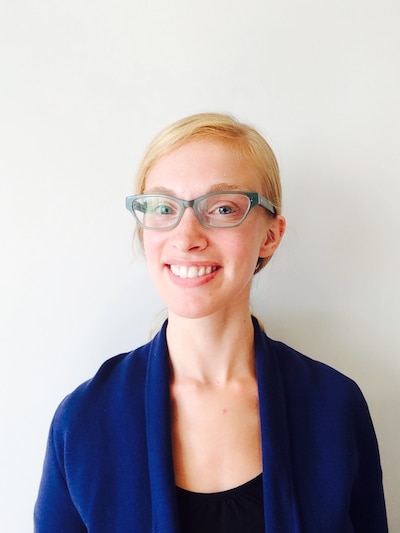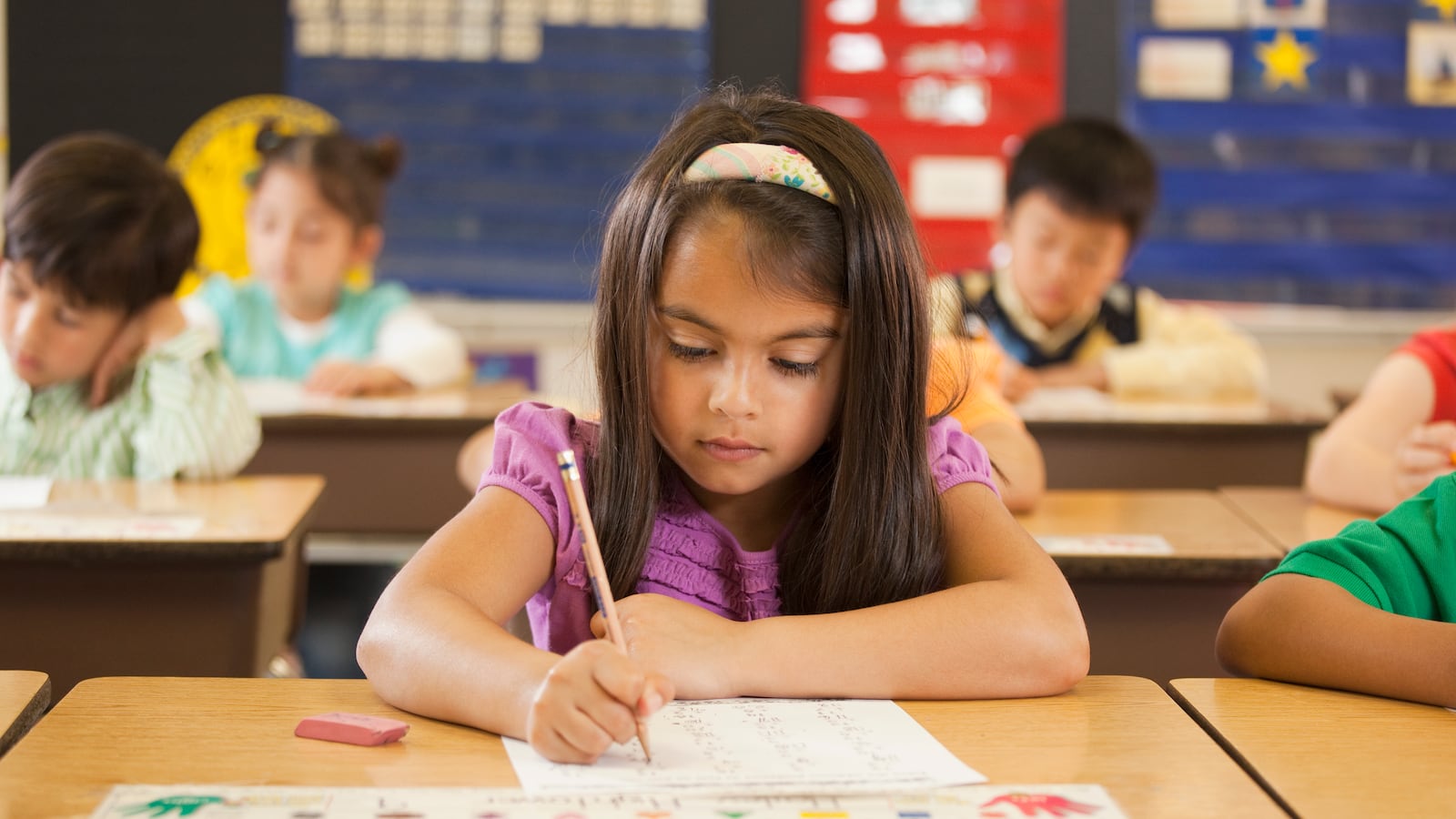None of my teachers ever talked about families that looked like mine. None of the books at school showed families that looked like mine. The message I received was loud and clear in this silence: Don’t talk about having a gay mom. It’s not normal. It’s not accepted. School taught me to hide who I was and what I valued. In other ways, I was overly represented in the books I read and the classes I took. As a white, cisgender girl, I benefited from my privilege.
Now that I am a teacher, I work hard to create lessons — and an overall environment — that allow our young people to be seen and understood in a way that I was not. That’s why I’m so committed to what’s known as culturally responsive and sustaining education, which the New York City education department defines as “a way of seeing diversity as a source of knowledge.” It enables students to “learn using aspects of their race, social class, gender, language, sexual orientation, nationality, religion, or ability.”

In our fifth grade class, we used a CRSE lens during an informational reading and writing unit. We encouraged students to choose issues they care about, research those issues, and write about them. One student wanted a group to study Hispanic and Latinx rights. “Why don’t we learn more about Hispanics?” the student asked me. “I feel like we need to learn more about that because I am Hispanic.”
Another student, a Black girl, responded to a survey that we should have a group that works on women’s rights. Students who identify as LGBTQ+ and those who do not joined a group that worked on LGBTQ+ history and rights. Working collectively in these small groups, students actively built on their own cultural viewpoints and identities. We discussed and shared who we are and why the issue chosen matters to us. We also encouraged others to join us in this work. For example, a student in the LGBTQ+ group started a petition for transgender rights.
We also need to examine classroom materials. In New York City, 85% of our public school students are students of color. Yet, in the city’s most commonly used K-5 curriculums, 84% of the books are written by white authors, according to NYU’s Education Justice Research and Organizing Collaborative.
At my school, P.S. 63 The STAR Academy in the East Village, we are lucky to have worked closely with Dr. Gholnecsar “Gholdy” Muhammad, a professor, author, and leader in culturally and historically responsive education. Teachers infuse the five pursuits Muhammad identified — Identity, Criticality, Intellect, Skill, and Joy — into our studies. For example, the second grade does “The Name Project,” where students learn about how their names are connected to their identities and who they are. For the culminating project, students share the story of their name with the help of their families and create an art piece to go with it. Doing CRSE well also means getting to know our students, families, and communities.
For all students, CRSE means seeing themselves and others in our lessons across content areas. For our students of color, it means learning their stories and histories, and connecting deeply to them while at school. For our white students, this means personal growth, deeper historical understanding, and the development of young activists.
When Nora, one of three white students in our class last year, shared in a Zoom chat that she sometimes felt guilty when learning about the true history of the United States, my co-teacher and I were able to listen and discuss her important role in ending racism and inequality. She was able to see herself as an agent of change who could work towards liberation for all people. After our check-ins, she continued to participate by asking questions, sharing her ideas, and pressing a local representative to fight for more equitable funding for our public schools.
I appreciate that Chancellor Meisha Porter and the City Council have made room in their budgets to prioritize our students, their stories, their families’ stories, and our NYC communities. Over the course of three years, almost $500 million will be allocated to CRSE so that our students are reflected in what and how they learn.
In a recent email, Chancellor Porter wrote, “Children are more engaged in class when they can see themselves in their lessons and materials,” and she is right. We need all schools to implement lesson plans that reflect, respect, and respond to New York City’s student populations. Meanwhile, educators should prioritize building strong relationships with students, families, and communities.
I can only imagine how much more understood I would have felt if I had seen my family and story represented at school as a child. I wish I had more teachers who learned who I was and what I valued, and then used those strengths to build out what and how I learned. But currently available curriculums are not often designed with racial, ethnic, gender, sexual, and neurological diversity in mind. I hope that New York City’s investment will make space for all of our voices and differences to be celebrated at school.
Amy Parker is in her 12th year of teaching and currently teaches fifth grade at P.S. 63 The STAR Academy in the East Village. She is the UFT chapter leader at her school, a member of the School Leadership Team, and an active participant on her school’s Equity Team.



